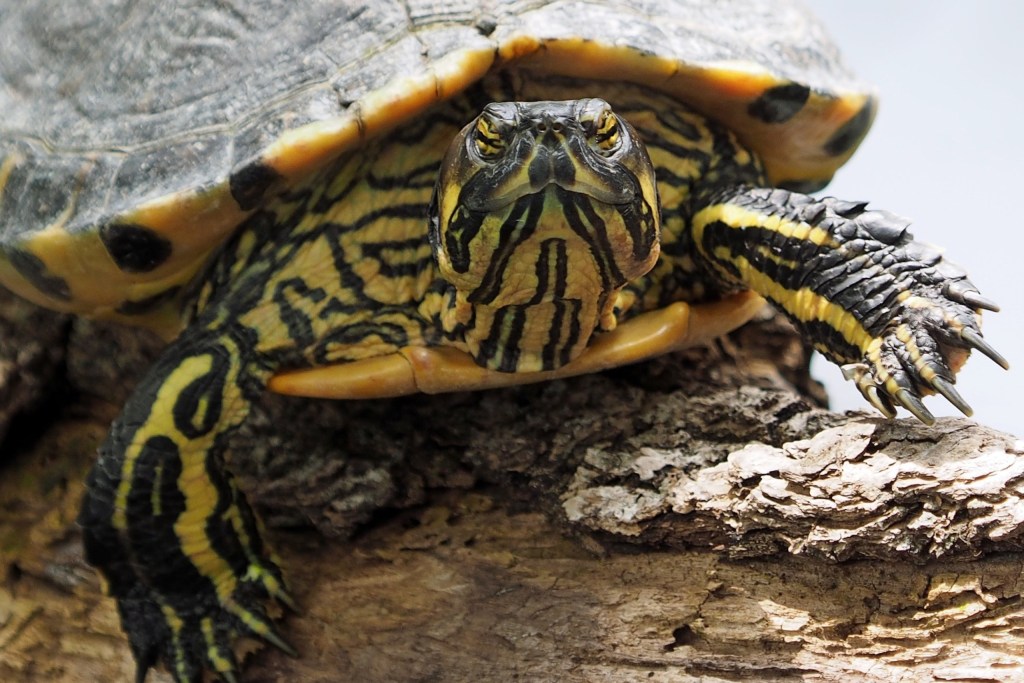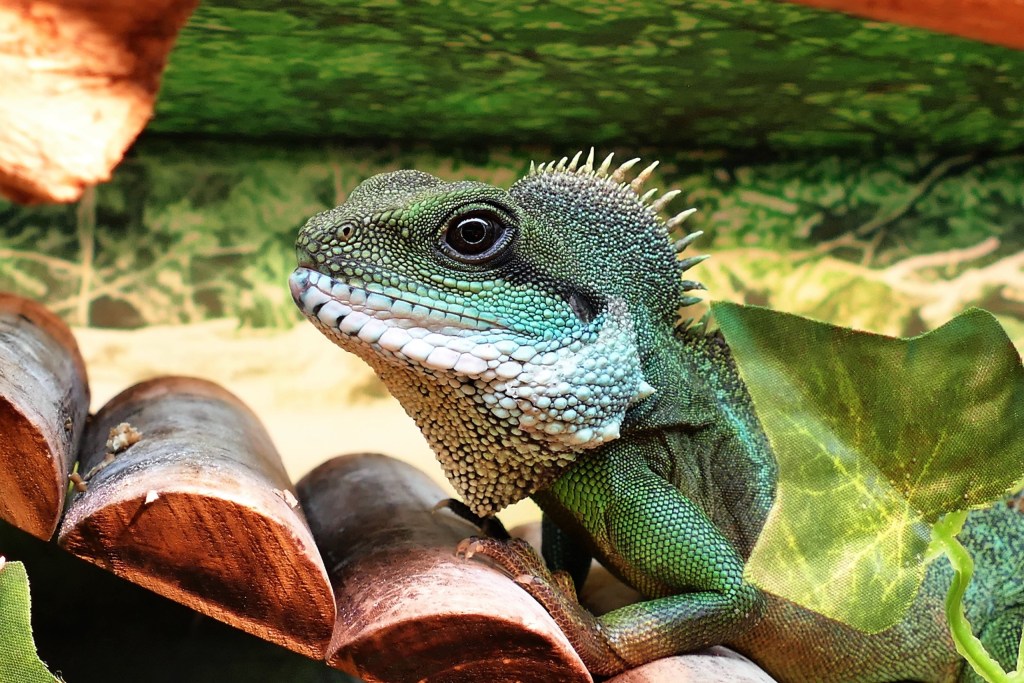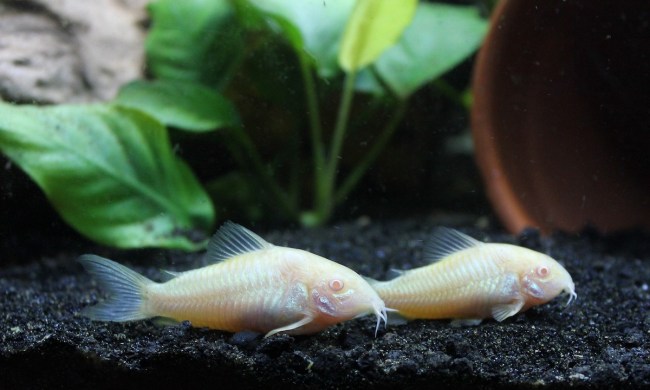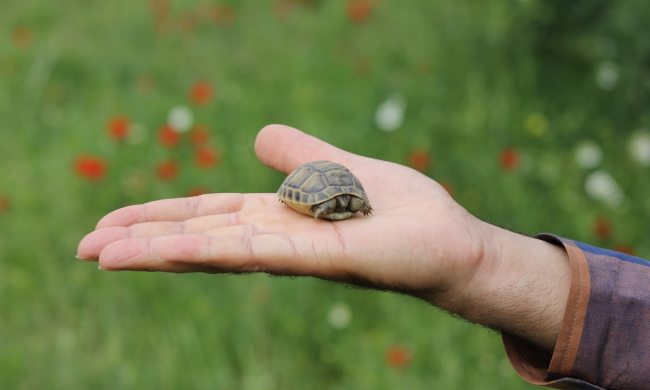You’ve been familiar with dog years, and you’ve heard that cats have nine lives. But what do you know about reptiles?
The class Reptilia is a diverse group of animals that range from the tiniest lizards to the largest turtles. They’re the distant evolutionary cousin of birds defined by a few unique characteristics, including the internal fertilization of their young and scales covering at least part of their bodies (via Britannica). Apart from these essential traits, reptiles are incredibly variable and can only be classified into a few large groups.
There are four major groups — called “orders” in biology — of reptiles. Crocodilia includes (you guessed it) crocodiles, as well as alligators, caimans, and gharials. The order Sphenodontia includes tuataras, a New Zealand–native species closely related to lizards (which, along with snakes, make up the order Squamata). The fourth and final order of reptiles is Testudines, which includes turtles, tortoises, and terrapins.
Sound like a lot! Don’t worry! While each order of reptile has its own unique characteristics and life journeys, they all follow the same basic life cycle. We’ll break it down for you here, so you’ll be a reptile expert in no time.

What are the four stages of the reptile life cycle? Is it the same for all reptiles?
Although the specifics of a reptile’s life stages vary from species to species (and even by individual!), there are four main steps in the life cycle of most of these animals.
Egg
Typically, a reptile spends time developing as an egg at the beginning of its life, though a few species do give live birth. As an egg, an animal might be the only child at the time or might be part of a group, or “clutch,” of up to 100 eggs (via Brittanica). A fairly accurate theory is that smaller lizards tend to have smaller clutches, but body size isn’t the only factor in the number of eggs or neonates per litter.
Hatchling
As a hatchling, most reptiles are already abandoned by their parents. Of all reptiles, only crocodiles and their relatives care for their young. Some lizards and snakes guard their eggs (pythons even incubate them), but as soon as the eggs hatch, the mother moves on and the young are left to fend for themselves in the wild. This is one large reason why mortality rates are so high for most reptile young.
Juvenile
Juvenile reptiles are still easy targets for many predators, though the danger declines significantly as the babies grow. Britannica notes that research on reptile growth is limited, but most smaller species tend to do most of their maturing in the juvenile stage.
Adulthood
By the time they reach adulthood, they will have attained their full size. A few larger species, however, have indeterminate growth, which means that growth can occur in adulthood. While most of the animal’s energy will go toward reproduction, periods with bountiful food or a lack of mates might redirect energy and nutrition to further growth instead.

How long do reptiles live? What determines a reptile’s average life expectancy?
Once they reach adulthood, most reptiles have a much higher chance of survival in the wild. In fact, reptiles are known for being some of the longest-living species in the animal kingdom! Some species of Testudines have especially long lives; Guinness World Records awarded Jonathan the tortoise with the title of Oldest Living Land Animal (187 years!) in February 2019.
In general, Britannica claims, the larger the reptile the longer the life span. Compared with Jonathan the tortoise, box turtles don’t seem especially hardy, clocking in at around 30 years at their oldest. Large lizards, snakes, and crocodiles can live for over 20 years. Although these numbers have been recorded in captivity, these animals are larger than most people are willing to keep as a pet. The corn snake, a popular pet for a beginner reptile keeper, tends to live for an average of 10 years, for example. Here are the expected life spans for a few common pet reptiles, compliments of Merck Veterinary Manual:
- Ball python: 15 to 20 years
- Bearded dragon: 5 to 10 years
- Eastern box turtle: 25 to 50 years
- Green iguana: 5 to 15 years
- King snake: 10 to 15 years
- Leopard gecko: 20+ years
- Leopard tortoise: 50+ years
- Old World chameleons: 3 to 8 years
Whether you’re on the verge of choosing reptiles as pets or you’d rather learn about them from a distance, they are fascinating creatures to research and observe. They’ll interact with you in ways other animals cannot, and, with some TLC throughout their lives, they’re sure to be around for a long time.



